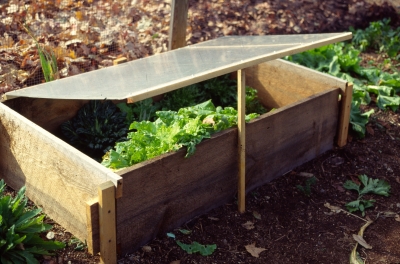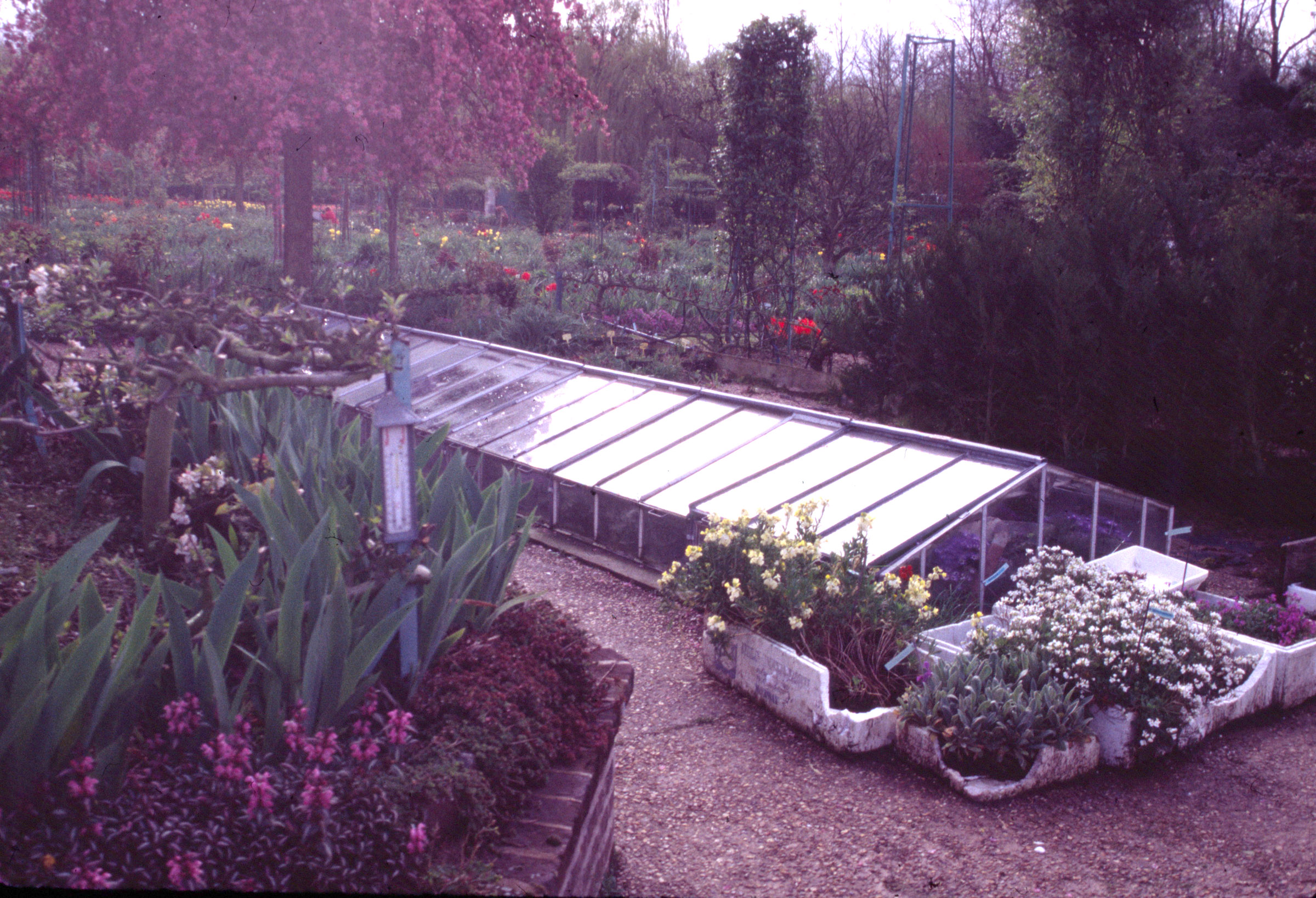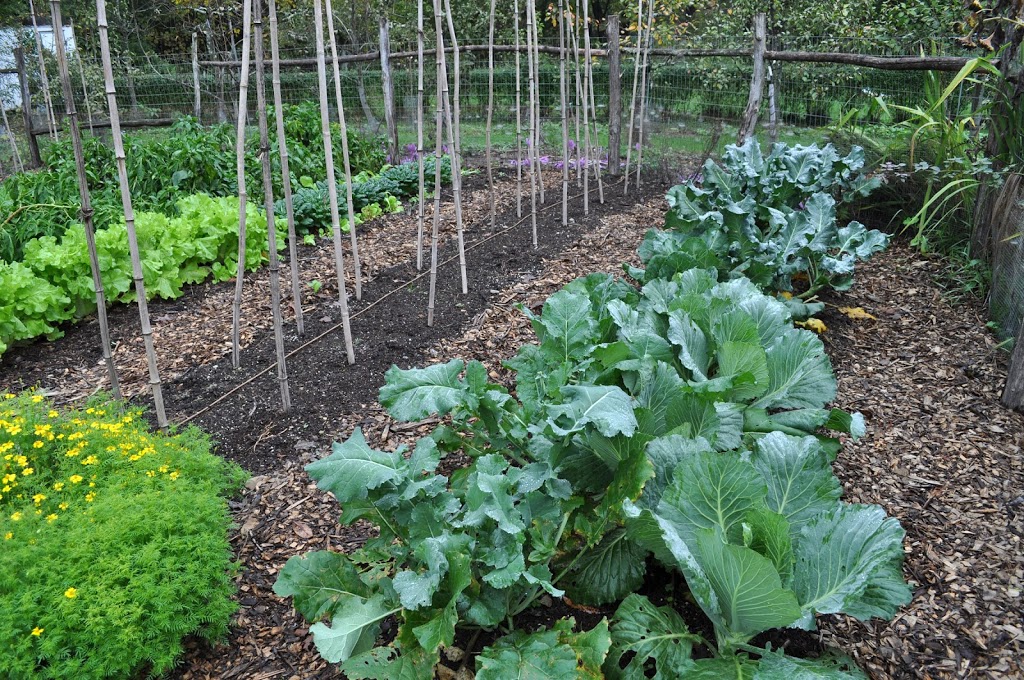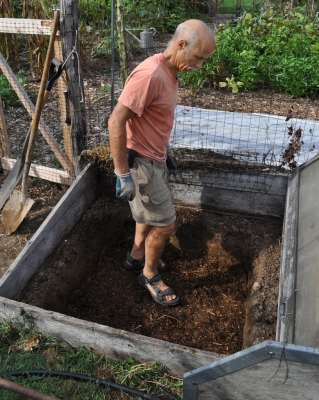If I wasn’t a gardener, I’d look upon the late summer and fall weather as a glorious succession of warm sunny days and crisp nights with intermittent periods of mostly gentle rains. As a gardener, the crisp nights make me a little nervous.
Temperatures so far have only dipped into the low 40s; any night, though, that low could plummet below freezing. Below freezing temperatures would ring the death-knell for okra, peppers, tomatoes, and the any other summer vegetables still braving cooling temperatures.
Actually, there’s not much oomph left in the okra and tomatoes. Okra doesn’t bear pods except when temperatures are downright hot. And disease, mostly early blight (not the dreaded late blight of a few years ago) has reduced tomatoes to nothing more than bare stems capped by a few green leaves and fruits. So loss of tomatoes or okra would hardly be noticed except to indicate it was finally time to clear those beds and ready them for next spring.
Peppers are another story. The leaves are still green and spry, and cool weather hurries the fruits along on their way to full red ripeness.
—————————————–
With cooler and cooler weather descending on the garden, the race is on with cool-weather vegetables — cauliflower, broccoli, cabbage, turnips, and winter radishes. These vegetables tolerate temperatures well below freezing. But will they do what they have to do, whether it’s making flower buds, heads, or roots, before their growth slows almost to a standstill? Further south, they could wait out winter and finish growing as weather warmed. This far north, they eventually succumb to cold, perhaps headless, flower bud-less, or fat root-less.
I seeded cauliflower, broccoli, and cabbage in early June and transplanted them a month later. Turnips and winter radish seeds went directly into the ground in early August. According to my records, they should all be on time. But roots are only just beginning to swell in the ground beneath the turnips and radishes, and there’s no sign yet of flower buds on broccoli and cauliflower or developing heads on cabbage. Which makes me nervous.
Kale, of course, is yielding abundantly. It enjoys both warm and cool weather. All it needs to do is keep growing leaves, which it does.
—————————————–
No need to leave everything to Mother Nature; I’m going to change the weather. On a very small scale, within my cold frame. For years, I’ve used my cold frame — essentially a 5 foot by 5 foot wooden box with a hinged, clear top sloping southward — to extend the season for fresh salad fixings. This year it has become a hotbed, which is a cold frame with warmed soil.
Soil can be warmed in a number of ways. Most modern is with an electric soil heating cable made for this purpose and woven back and forth beneath the ground. Most old-fashioned — and the method I’m using — is with manure, utilizing the heat of its fermentation.
Successfully growing plants in a manure-heated hotbed demands a mix of art and science. Too much heat, too fast is to be avoided as is, of course, too little heat. To start, I and my able assistant David dug almost 2 feet of soil out of the cold frame. I had on hand horse manure mixed with wood shavings and a little straw; the mix was fairly fresh and moist. As David forked the manure mix into the bed, I watered it and occasionally got right into the frame and stomped it down — not too hard, which would drive out all the air, but enough to pack everything together for a critical mass to start heating.
Once the bed was filled, the mix was topped with a 4 inch layer of ripe compost. Those few inches are needed to keep young, tender roots above the hot layer which, as it eventually cools, can increasingly accommodate roots. A few days later I scratched out furrows into which I sprinkled lettuce, spinach, and arugula seeds. Spinach usually survives winter here in a cold frame. Lettuce and arugula do not, so will provide a good measure, along with speed of growth, of the efficacy of the heating.
One week after planting, temperatures about a foot down into the bed are around 80°F.
I’m lucky in not having to leave things to Mother Nature even if the hotbed’s performance proves less than stellar. A few steps away is my greenhouse, now sprouting a panoply of cool weather greens, as well as ripening cucumbers and figs.








